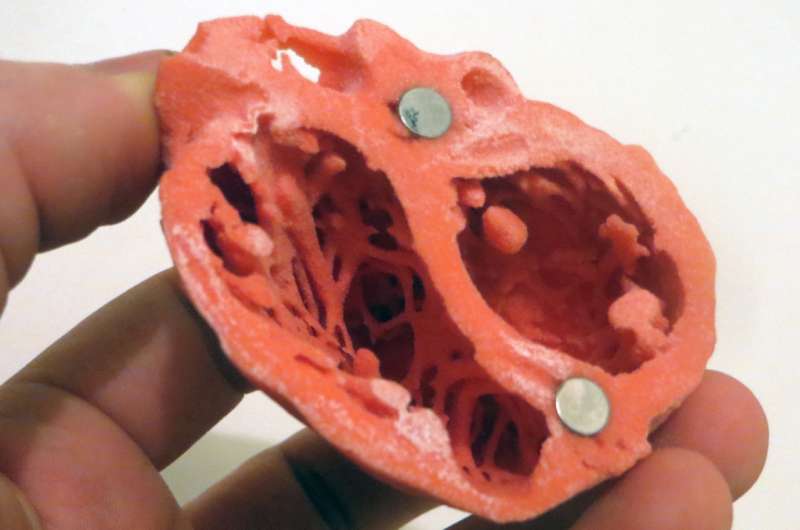Cardiovascular-related deaths due to extreme heat are expected to increase between 2036 and 2065 in the United States, according to a study supported by the National Institutes of Health. The researchers, whose work is published in Circulation, predict that adults ages 65 and older and Black adults will likely be disproportionately affected.
While extreme heat currently accounts for less than 1% of cardiovascular-related deaths, the modeling analysis predicted this will change because of a projected rise in summer days that feel at least 90 degrees. This heat index, which factors in what the temperature feels like with humidity, measures extreme temperature.
Older adults and Black adults will be most vulnerable because many have underlying medical conditions or face socioeconomic barriers that can influence their health—such as not having air conditioning or living in locations that can absorb and trap heat, known as "heat islands."
"The health burdens from extreme heat will continue to grow within the next several decades," said Sameed A. Khatana, M.D., M.P.H., a study author, cardiologist, and assistant professor of medicine at the University of Pennsylvania, Philadelphia. "Due to the unequal impact of extreme heat on different populations, this is also a matter of health equity and could exacerbate health disparities that already exist."
To generate these predictions, researchers evaluated county-level data from the contiguous 48 states between May and September of 2008–2019.
More than 12 million deaths related to cardiovascular disease occurred during that time. Using environmental modeling estimates, they also found that the heat index rose to at least 90 degrees about 54 times each summer.
Researchers linked the extreme temperatures that occurred during each summer period to a national average of 1,651 annual cardiovascular deaths. Some areas, such as the South and Southwest, were affected more than others, such as the Northwest and Northeast.
Using modeling analyses to forecast environmental and population changes, the researchers looked to 2036–2065 and estimated that each summer, about 71 to 80 days will feel 90 degrees or hotter. Based on these changes, they predicted the number of annual heat-related cardiovascular deaths will increase 2.6 times for the general population—from 1,651 to 4,320. This estimate is based on greenhouse gas emissions, which trap the sun's heat, being kept to a minimum. If emissions rise significantly, deaths could more than triple, to 5,491.
For older adults and Black adults, the projections were more pronounced. Among those ages 65 and older, deaths could almost triple, increasing from 1,340 to 3,842 if greenhouse gas emissions remain steady—or to 4,894 if they don't. Among Black adults, deaths could more than triple, rising from 325 to 1,512 or 2,063.
In comparing current and future populations, the researchers accounted for multiple factors, including age, underlying health conditions, and where a person lived.
Most people adapt to extreme heat, as the body finds ways to cool itself, such as through perspiration. However, people with underlying health conditions, including diabetes and heart disease, can have different responses and face increased risks for having a heart attack, irregular heart rhythm, or stroke.
"The number of cardiovascular events due to heat affects a small proportion of adults, but this research shows how important it is for those with underlying risks to take extra steps to avoid extreme temperatures," said Lawrence J. Fine, M.D., a senior advisor in the clinical applications and prevention branch, in the Division of Cardiovascular Sciences at the National Heart, Lung, and Blood Institute (NHLBI), part of NIH.
The authors described cooling approaches that some cities are using—planting trees for shade, adding cooling centers with air conditioning, and using heat-reflective materials to pave streets or paint roofs. However, more research is necessary to understand how these approaches may impact population health.
"In addition to thinking about the impact of extreme temperatures in the U.S., this type of modeling forecast also foreshadows the impact that extreme heat could have throughout the world, especially in regions with warmer climates and that are disproportionately affected by health disparities," said Flora N. Katz, Ph.D., director of the Division of International Training and Research at the NIH Fogarty International Center.
- Adenman
-

 1
1



Recommended Comments
There are no comments to display.
Join the conversation
You can post now and register later. If you have an account, sign in now to post with your account.
Note: Your post will require moderator approval before it will be visible.